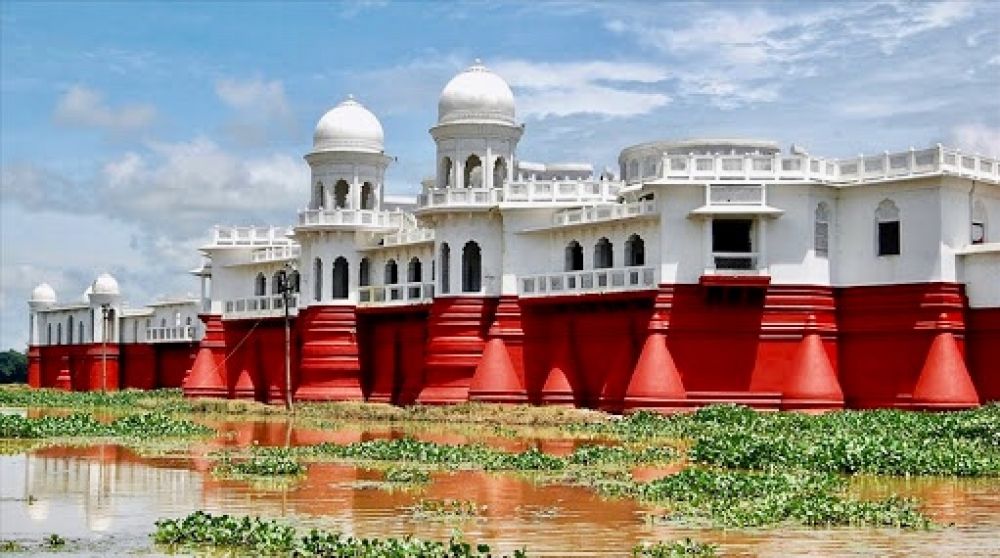

Located in the Northeastern state of Tripura in India, Neermahal stands as one of the most exquisite historical landmarks of the region. This majestic water palace is situated in the middle of the Rudrasagar Lake near the city of Agartala, offering a spectacular sight that draws tourists from all corners of the world. Neermahal, which literally translates to "Water Palace," is a remarkable testament to the blend of Hindu and Islamic architectural styles, known as the Mughal-Rajput style.
The palace was commissioned by Maharaja Bir Bikram Kishore Manikya Bahadur in the year 1930 and was completed in 1938. It served as a summer residence for the royal family of the erstwhile princely state of Tripura. The beauty of Neermahal is accentuated by its reflection in the waters of the lake, and the tranquility that surrounds it. It was designed by British company Martin & Burn and is one of the very few water palaces in India.
Tourism at Neermahal has evolved significantly over the years. Initially accessed primarily by the Indian tourists and historians with a penchant for royal architecture, the palace has now gained attention on international platforms. Though the northeastern region of India had been somewhat overlooked in terms of tourism for several decades post-independence, in recent years, there has been a conscious effort by the government and local authorities to promote tourism in this culturally rich area.
In recent times, Neermahal has witnessed a surge in tourist activity, thanks in part to the rise of eco-tourism and sustainable travel. Visitors are drawn to the unique experience of boat rides around the palace, bird watching, and the tranquil rural setting. The palace illuminates during the Neermahal Water Festival, a boat racing event held every year which also includes cultural displays and attracts additional visitors.
Moreover, the state government has undertaken several initiatives to enhance the tourism infrastructure around Neermahal. Development of better road connectivity, tourist lodges, and visitor facilities have made the palace more accessible and comfortable for tourists. Agartala itself, being the gateway to the palace, has seen improvements in its urban infrastructure to cater to the needs of international and domestic tourists.
While visiting the Neermahal Water Palace, tourists are often advised to also explore the nearby attractions such as Ujjayanta Palace, Tripura Sundari Temple, and the wildlife of Tripura. The best time to visit is between October and February, when the climate is most pleasant.
Tourists need to be mindful of the preservation efforts and are encouraged to respect the cultural significance of the palace. With a growing interest in heritage and cultural tourism, Neermahal continues to enchant its visitors and remains a jewel in the crown of Tripura's tourist attractions.
The future of tourism at Neermahal looks promising, with a shift towards sustainable tourism practices to ensure the conservation of the palace and its surroundings. The local government, in collaboration with conservation experts, is continually working to preserve this historical monument for future generations. This includes managing tourist footfalls, maintaining the palace and its intricate artworks, and conserving the biodiversity of Rudrasagar Lake.
The story of Neermahal is one of royal grandeur, cultural amalgamation, and modern-day tourism evolution. It stands proudly as a beacon of the Northeast's rich history and cultural heritage, beckoning travelers from across the globe to experience its timeless beauty.